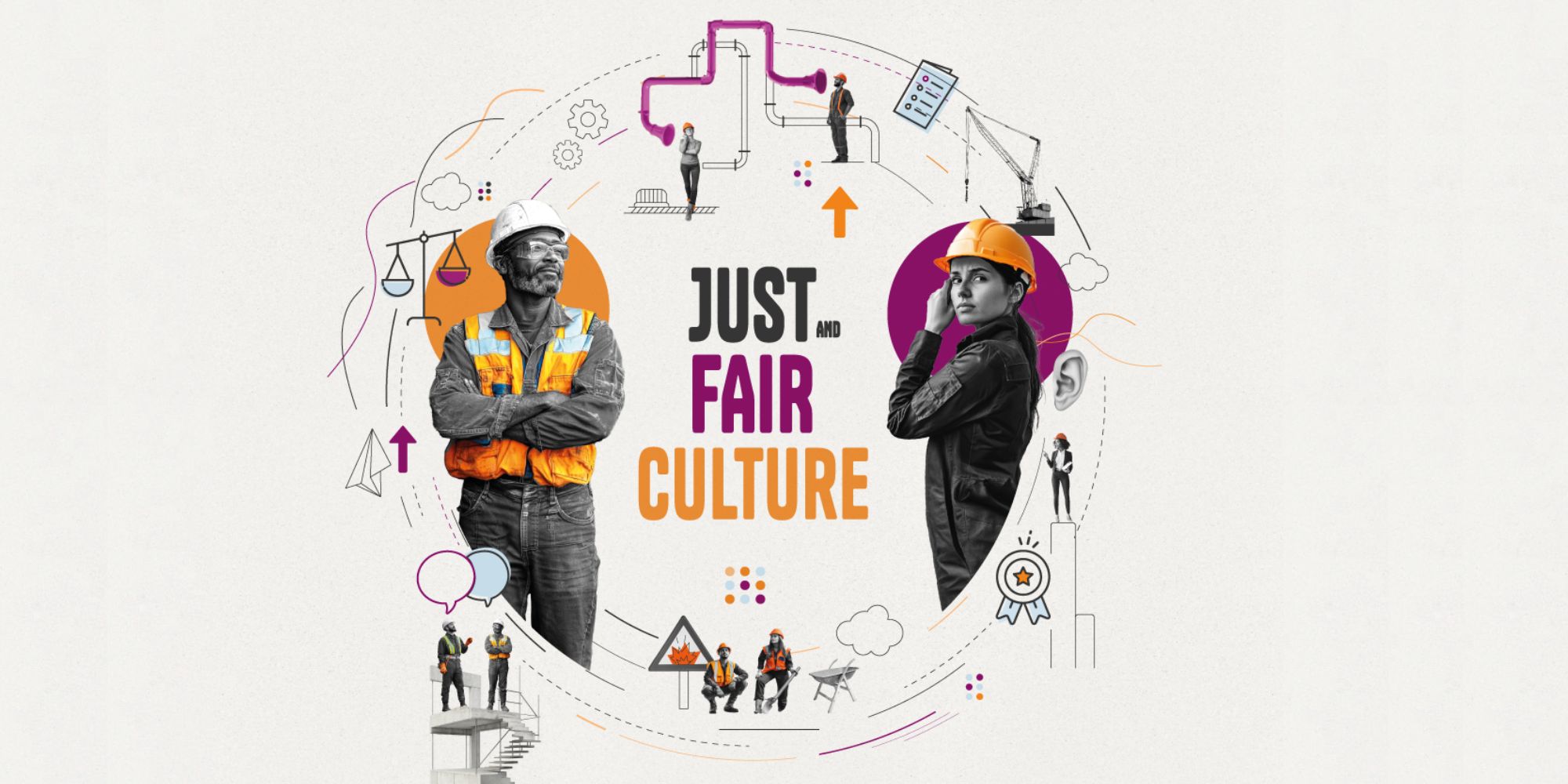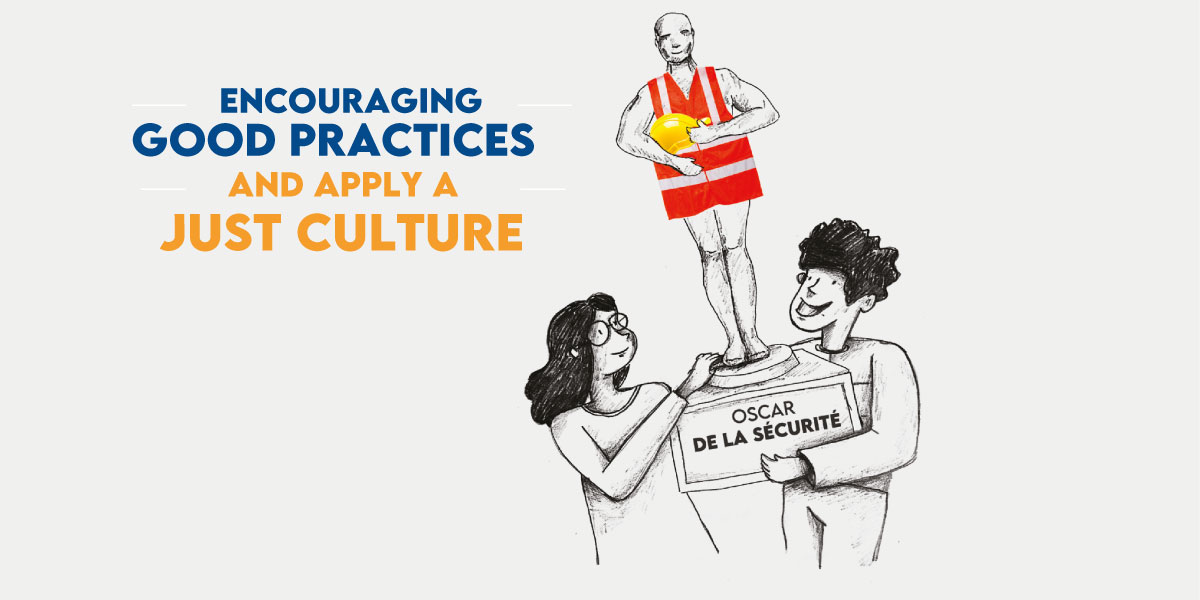How to combat organisational silence?
 How to combat organisational silence?
How to combat organisational silence?
Organisational silence refers to situations where critical safety information is available at the operational level but does not get reported and, therefore, cannot be analysed and addressed. This is a situation you have undoubtedly encountered in your organisation! How can we combat organisational silence? What if promoting a fair and just culture was one of the solutions?
No news is bad news!
Let’s do an exercise: you are a manager, an industrial director, or a Health, Safety, and Environment (HSE) officer in a high-risk industry. You receive little to no safety-related feedback from employees. At first glance, this might suggest that “everything is under control”. Some indicators, however, might concern you: recurring incidents, albeit without major consequences so far.
Beware of deceptive appearances—just because nothing is reported doesn’t mean everything is fine. In safety matters: “No news is bad news.”
You may be facing a situation of organisational silence.
If you work in a dynamic, high-risk system, you must understand that if you’re not receiving information, it’s because it is being concealed. Because the system, by default, continuously generates anomalies..
Jesus Villena, Ergotec
Definition of organisational silence
Organisational silence occurs when crucial safety information exists at the field level but is not reported and, therefore, cannot be considered in prevention efforts and strategic decision-making.
How to detect organisational silence in your organisation?
There are several visible symptoms:
- few or poor-quality safety reports.
- repeated incidents or accidents with seemingly identical causes.
- low or no proactive engagement from employees regarding safety matters.
- a deteriorating internal climate, especially between managers and employees.
These visible symptoms may indicate that organisational silence has taken hold. Be careful—this situation is highly detrimental to safety!
Mechanisms of organisational silence
Psychological mechanisms
Several individual defence mechanisms can interrupt the flow of information.
e.g.:
- an operator placed in a hazardous situation who convinces themselves that “there is no risk”.
- a manager torn between conflicting information from upper management and the field.
Collective mechanisms
It can be difficult to be the first to report information. Peer perception plays a role, along with the shared understanding of what defines “a good professional”: is it someone who has no problems, or someone who reports them?
Les mécanismes organisationnels
- Managerial illusions: The belief that everything is under control simply because there are numerous rules and procedures.
- Managers’ lack of field knowledge: Employees may withhold information if their manager lacks the technical expertise to understand the nuances of a given issue.
- Perception of neglect: Employees may feel that the company “turns a blind eye” to risky behaviours, particularly in favour of productivity and deadlines.
- Systematic punishment: Employees may fear that reporting anomalies or errors will expose them to disciplinary actions or negative consequences.
- Arbitrary managerial reactions: Employees may perceive managerial responses to incident reports as inconsistent—sometimes influenced by mood or personal relationships.
- Blaming human error as the primary cause of accidents: Incident investigations may stop at surface-level causes, focusing on operator errors rather than systemic issues.
- Lack of recognition for positive safety behaviours: Employees may not receive positive reinforcement for their safety contributions, making it unclear what behaviours are valued or what information is relevant to the company.
- Lack of follow-up or feedback: Employees who report risks or make suggestions may feel that “nothing changes”. Reports may not lead to concrete actions, and no one acknowledges their vigilance.
All these mechanisms erode trust. Employees at all levels will be more inclined to stay silent rather than report information, ultimately harming safety. Fortunately, you can act!
A Path for Improvement: Developing a Fair and Just Culture
Developing a fair and just culture creates an environment of trust and transparency, encouraging information-sharing. This helps combat many mechanisms of organisational silence.
To be considered: Organisational silence also often exists between contracting companies and subcontractors. Integrating subcontractors into a fair and just culture is a challenge worth taking!
Final thought: Don’t fear more reports!
Don’t be hesitant—if more issues are reported, that’s a good sign! It indicates a growing culture of openness, giving you a clearer picture of on-the-ground realities and allowing you to take proactive measures to improve safety.
The more “bad news” you receive, the better! It is not a sign of organisational weakness. On the contrary, it reflects a strong culture of information-sharing. We welcome bad news—as long as it’s not too severe and doesn’t come too late!.
Stéphane Corcos, DGAC


